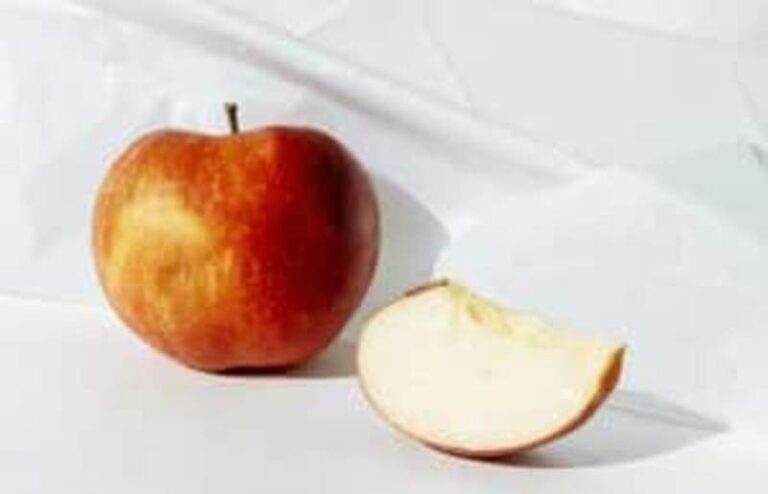Cooking Aromatics Explained: The Secret Flavor Base You’re Probably Overlooking
We’ve all been there. You pull out a recipe that promises restaurant-level magic, measure every ingredient like a scientist, follow every step… and still end up with something that tastes flat, maybe even dull.
The truth? You’re probably skipping the one step that chefs treat as non-negotiable: cooking aromatics.
And here’s the kicker—it’s easy. No fancy schooling, no expensive gear. Just a few vegetables, a little patience, and suddenly your food sings.
Cooking Aromatics: The Unsung Heroes
Picture walking into someone’s home and instantly catching a smell so good your stomach growls. That aroma isn’t the finished dish—it’s the foundation being built with cooking aromatics.
Cooking Aromatics are onions, garlic, carrots, celery, peppers, and herbs gently sautéed in fat until they bloom. They don’t shine on their own, but together they set the stage for everything else.
Think of them like the difference between a structure and a home. You can technically have one without the other, but the feeling—the warmth, the soul—comes from the base.
That’s why chefs never skip it. They know a dish without cooking aromatics is like music without rhythm—possible, but painfully flat.
Why They Work (The Quick Science)
When vegetables hit hot butter or oil, they transform.
-
Raw onion is sharp; cooked onion turns golden and sweet.
-
Raw garlic stings; cooked garlic mellows into something nutty.
-
Carrots, when sweated down, release sugars that add subtle sweetness.
What’s happening is chemistry: heat breaks down fibers, caramelizes natural sugars, and releases oils that blend with fat. The result is a flavor base that clings to every bite of food that follows.
It’s why professional dishes taste “layered” while home cooking sometimes feels one-note. You’re not just softening vegetables—you’re laying down tracks that everything else will harmonize with.
Around the World with Cooking Aromatics
Every culture figured this out, each with its own spin:
-
French Mirepoix: Onions, carrots, celery—slow and steady, forming the base for sauces and soups.
-
Cajun Trinity: Onions, celery, bell peppers. Some cooks toss in garlic and call it “the pope.” Gumbo and jambalaya wouldn’t be the same without it.
-
Asian Staples: Ginger, garlic, scallions. The backbone of countless stir-fries and noodle dishes.
-
Latin Sofrito: Onion, garlic, peppers, tomato. Cooked down into a paste that deepens rice, beans, and stews.
Travel anywhere in the world, and you’ll find a version of this. It’s the universal cooking language that every cuisine speaks fluently.
How to Do It Yourself
You don’t need a rulebook. You just need to start.
-
Chop evenly. Similar sizes = even cooking.
-
Heat gently. Use oil or butter over medium heat.
-
Take your time. Ten minutes of slow cooking beats two minutes of rushing. Stir occasionally. Let the fragrance guide you.
Burnt garlic will ruin your night, but slow-sweated onions? Pure gold. And don’t forget—different fats bring different flavors. Olive oil gives a Mediterranean vibe, butter adds richness, and coconut oil leans tropical.
No Ratios, No Stress
Hate celery? Skip it. Love garlic? Double it. Cooking Aromatics aren’t rigid—there’s no flavor police waiting to dock you points. The idea is balance, not precision.
That flexibility is what makes them so forgiving. Even if you’re brand-new in the kitchen, you can play around and still land on something that tastes intentional.
Why Your Food Feels “Incomplete”
If you’ve ever wondered why your favorite takeout or bistro soup tastes richer than your homemade version, this is why. Tossing everything into a pot at once skips the step that ties flavors together.
A dish without aromatics is like a rough sketch. You’ll see the outline, but not the depth. Add Cooking aromatics, and suddenly your cooking has body, warmth, and a story behind every bite.
A Habit Worth Keeping
The more you use aromatics, the more natural it becomes. Soon you’ll reach for an onion and garlic without even thinking. That little pause to cook them first will shift your entire cooking style.
And here’s the beauty of it: you don’t need to master every cuisine. Just start with the basics in your kitchen. Before long, your food will taste more comforting, more memorable—and people will notice.
Final Word
Cooking aromatics isn’t some intimidating technique. It’s the simplest, smartest way to upgrade anything from soups to curries. The next time you cook, start with them. Give them those extra minutes to work their magic.
Soon you’ll realize what you’ve been missing—and you won’t go back.







